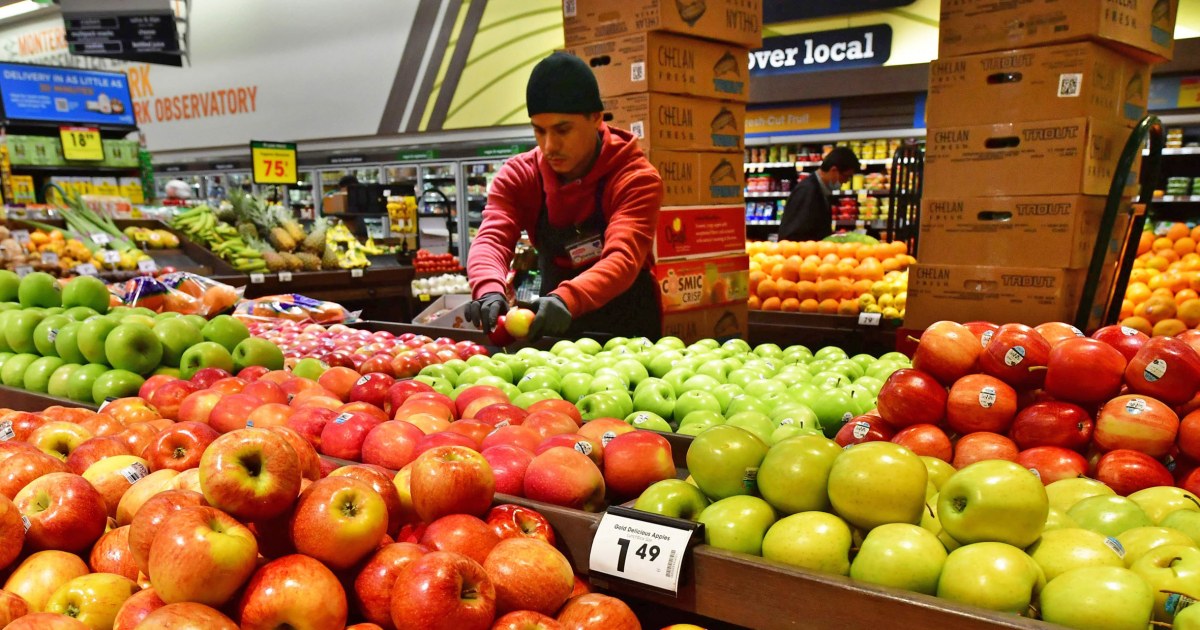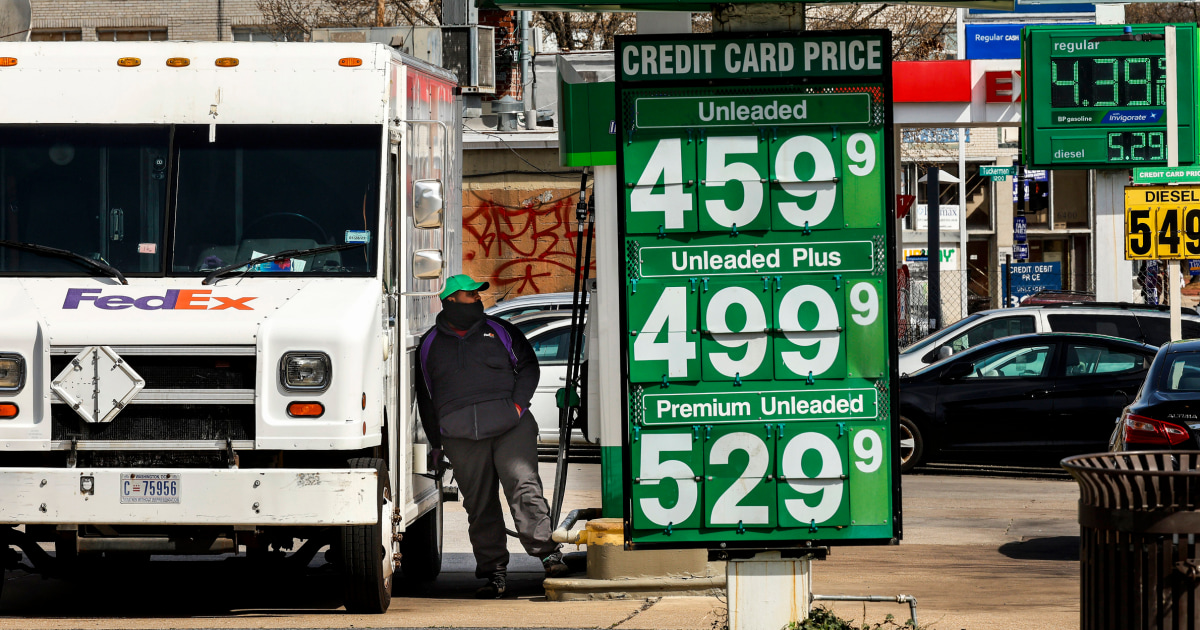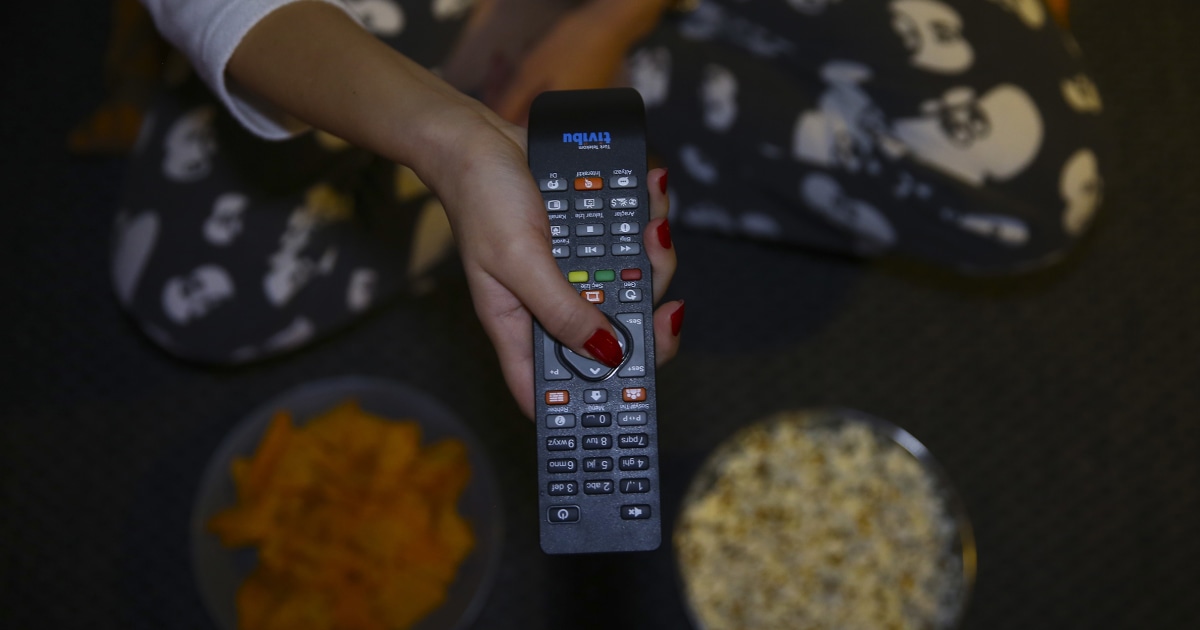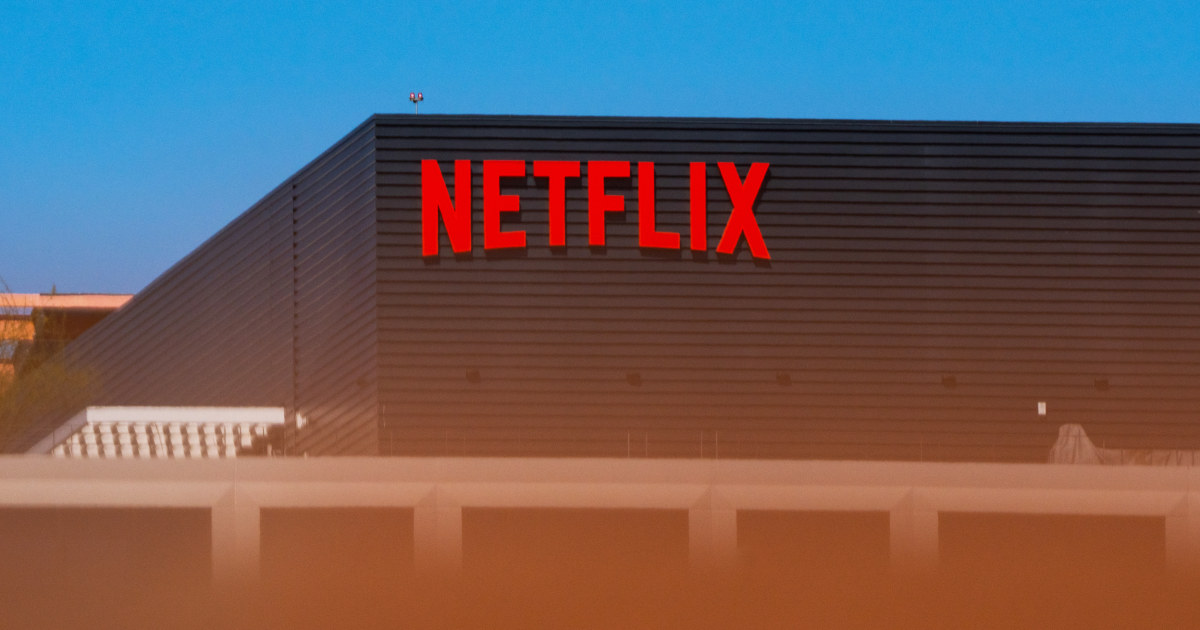Food delivery apps lose traction as people return to in-person dining
America’s obsession with food delivery during the pandemic seems to be over – and companies’ stocks are taking a hit.
After hitting a peak of $246 in November, DoorDash stock fell 62% to $89 a share. During the same period, Uber stock fell 29%, from $45 to $31.
Much of the drop can be explained by the slowdown in Covid-19 cases. While apps saw explosive growth during the early stages of the pandemic as consumers stayed home, analysts say such growth is ultimately unsustainable.
The decline of these companies, however, proved quite pronounced, as some Americans became increasingly budget-conscious amid rising inflation and higher fuel costs.
“It’s inevitable that they’re starting to pull back as people come back to dine in,” said Rich Shank, vice president of research and insights at Technomic, a consulting firm that works with the foodservice industry. .
There has also been a return of restaurants. Data from Technomic shows that the share of meals consumed at in-person dining establishments hit a post-pandemic high in the first quarter of 2022, while in-app delivery rates fell to a low. since the fourth quarter of 2020.
The drop in app usage can also be attributed to higher fees, tips and food prices, Shank said, which is starting to turn some customers off.
“The shift in market share towards out-of-office ordering seems to have stopped,” said Shank, referring to orders placed on food delivery apps. “The possibility of it sliding a little more is pretty good given that consumers are faced with inflationary pressures and the higher fees they incur through third-party apps.”
The biggest casualty among the apps was GrubHub. On Wednesday, parent company Just Eat is headquartered in the Netherlands says it’s exploring a perennial delivery app sale. Bloomberg reports that orders on the Just Eat platform fell sharply in the US in the first quarter due to jurisdictions like New York fee limit imposed and an ongoing slowdown in orders from workers returning to the office.
That’s another factor weighing on apps: Many workers are continuing to work from home – and are likely looking for alternatives to lunch compared to pre-pandemic delivery orders.
“It’s starting to feel a bit more pre-pandemic, but it’s not what it used to be,” Shank said. “Weekday lunches go up again when everyone is in the office. … But a lot of workers are still out of the office five days a week.”
Raj Joshi, vice president and senior credit analyst at Moody’s, said delivery app companies have long struggled with profitability. As a result, many are now finding a balance between cutting costs while expanding into other businesses, like grocery and package delivery. But it remains unclear whether these strategies will work, he said.
“The industry is clearly in a growth phase,” says Joshi.
The result of these trends: Larger restaurants may even emerge stronger than small and medium-sized restaurants that can’t afford the fees that delivery apps will continue to charge – and possibly fall off the platform completely. It’s about managing rising labor and fuel costs.
“The big chains are better positioned to manage those things; they have more resources and scale.”
at Blogtuan.info – Source: nbcnews.com – Read the original article here



